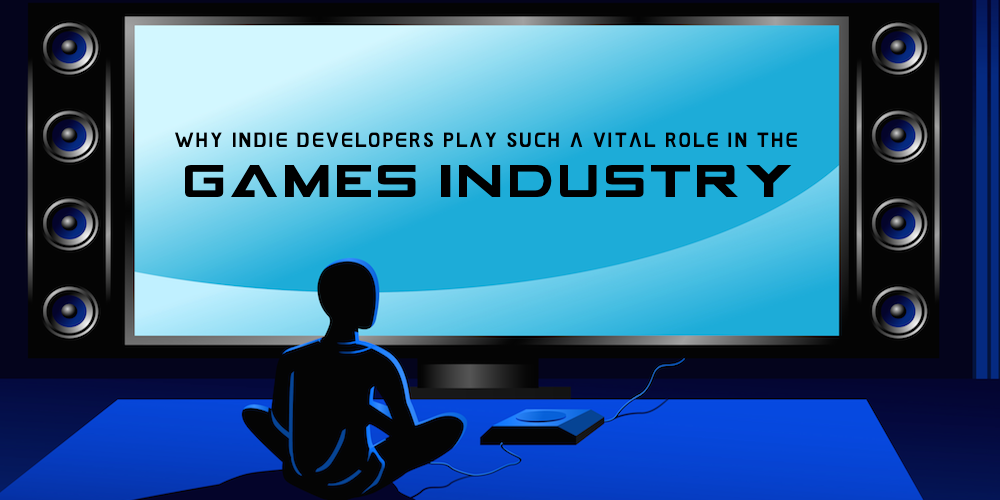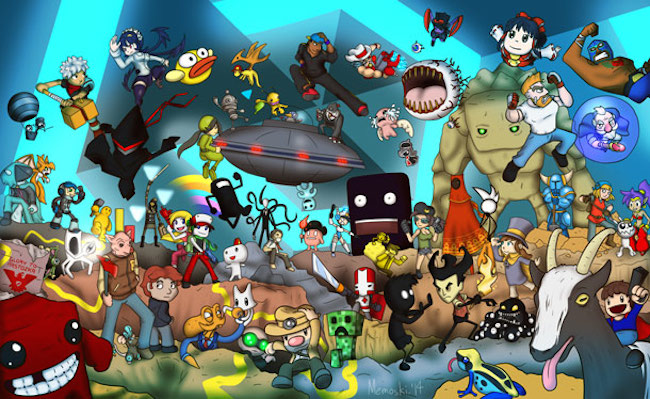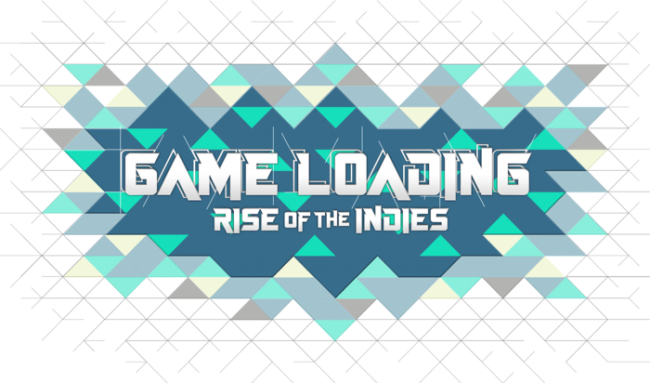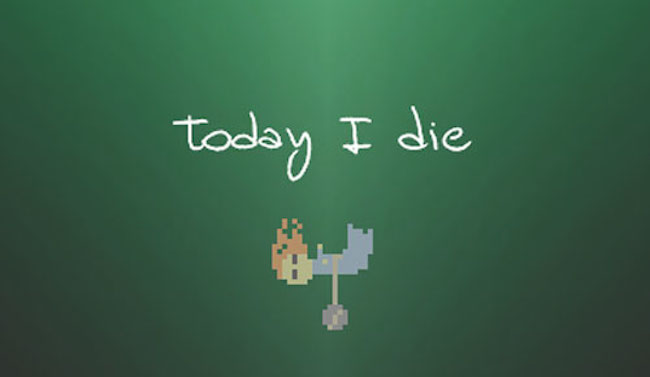
Reflecting on the year so far, and the new games that have entered my life, there were only two or three titles that I had spent more than 20 dollars on. Naturally, my student-sized wallet was a little relieved by this, but I couldn’t help but notice that the triple A titles I had purchased were not even new releases, but rather several “I would get around to eventually” games, such as Dark Souls and Grand Theft Auto V.
Instead, my shelves have been filling with a lot of smaller titles, including several games I had personally been anticipating, such as Crawl and Transistor; both of which surpassed my expectations. For the first time in a long time, I’ve found myself having some truly emotional gaming experiences, and to some extent felt myself grow creatively while playing some of these smaller titles. It’s evident that indie games are continuing to have an ever increasing presence in the larger picture, but the real question is, why exactly are they becoming so popular all of a sudden?

Now, don’t get me wrong. I’m not suggesting that indie games are all of a sudden superior to all the more well known triple A titles. It’s more than clear that these bigger games are an integral part of the industry; after all, the majority of us were introduced to gaming via these sorts of games. However, the reality of the situation is that once a publisher gets involved, the products primary purpose is to make money, which is necessary for any industry to move forward. However, in this day and age with sometimes hundreds of millions being invested, fewer risks are being taken, and publishers are tending to lean more towards what they know works rather than innovation. This has gotten to the point where it is believed by Bioshock developer, Ken Levine, that if a game such as Bioshock were brought forward today, it would have never been made at the risk of not being appealing to the typical gaming audience.
This is where independent developers step into the picture, and usually with very little money and manpower behind them. They still have to create a product, but what will determine its success? Rather than riding on the coattails of a previously successful title, or promising the latest and greatest in polish and graphics while broadcasting this to millions of people, it has been my observation that this special breed of developer has to rely of their own creativity to make a distinctive experience for the user. A game that clearly stands out from the rest of the crowd as unique.

To be fair, there are also a lot of stale, uncreative indie titles out there as we’re now in an age where almost anybody with a computer can create a game. This was inevitable, but with a bit of searching one can discover experiences that millions of dollars couldn’t buy. Recently, I played a small game called “Today I Die,” which took a little over a single minute to complete. The graphics were simple 8bit sprites and the gameplay itself was also very simple. However, the context in which all the elements were used to portray the story resonated with me on an emotional level more so than any triple A title could. From experience, this tends to happen with a lot of indie games. I have heard people say similar things of bigger indie titles such as Braid and Bastion, but also about more obscure titles such as Porpentine’s text based public service announcement “Everything You Swallow Will One Day Come up as a Stone.”
One of the reasons why this quality is found in smaller games is because when it comes to independent development, those that are avid developers still don’t have an entire department behind them, ensuring that their game appeals to as many people as possible. These indie developers tend to make games that are an extension of themselves. Their own personalities, vulnerabilities and fears are in some way, shape, or form projected into these games. From experience, once someone learns a game is so much more than how it’s been advertised or how good the graphics appear, they tend to have a much more personal experience. This is because, in a way, they are communicating with a person when they play, and not a whole department that want you to have the same experience as everyone else.

It is these personal aspects injected into games that make them so creative. For instance, a game is much more likely to develop its own sense of style and explore different concepts and mechanics when a developer is given full freedom of expression – basically, not being weighted by the restrictions that come with working with a publisher.
What was unexpected, though, is that major hardware manufacturers such as Sony and Microsoft seem to have caught on to the value of the independent community. In fact, in recent years, major expos such as gamescom and even E3 have given indie games greater exposure with fan favourites such as “No Mans Sky” and “Ori and The Blind Forrest,” among others, receiving a considerable amount of attention. To me, this suggests that the vital role indie games play in the industry is becoming widely recognized. Where triple A titles can bring in the cash flow needed for the industry to thrive, these indie titles subsequently provide the innovation and creativity needed to prevent a stagnation in game design. Only several years ago, it was a growing concern among the gaming community that eventually the only kind of game a publisher would be willing to invest in would be the next Call of Duty iteration.

In my opinion, the idea of larger companies getting behind indie developers is definitely a mutually beneficial relationship to the industry. As a result, the increase of public awareness, for how engaging indie games can be, will prevent the genre from developing a stigma attached to the term “indie” as seen in the movie and music industry. Furthermore, this attention prevents indie games from becoming an underground movement of obscure titles that only people with a disdain for publishers will play. But rather, the definition is staying more accurate, in that an indie game is simply a game made by an individual or studio without any funding from a publisher, and with no preconceived styles, concepts or mechanics weighing the developer’s creativity down. With that being said, however, the more obscure titles will always be there, so I would encourage readers to go out and look for those hidden gems.
With the increase in support from consumers and companies, as well as more and more veteran developers forming indie teams of their own, there are still a lot of great innovative experiences to look forward to. It’s clear now more than ever that the games industry as a whole is shaping up to be one that is full of creativity and diversity, making it a truly exciting time to be a gamer. As a result, I think it’s safe to say the future for indie games remains big and bright!











